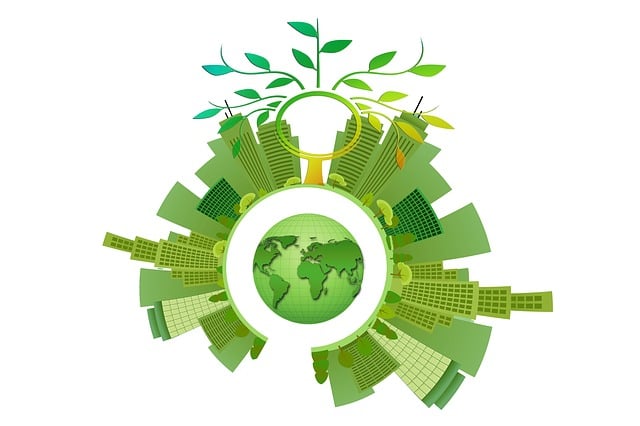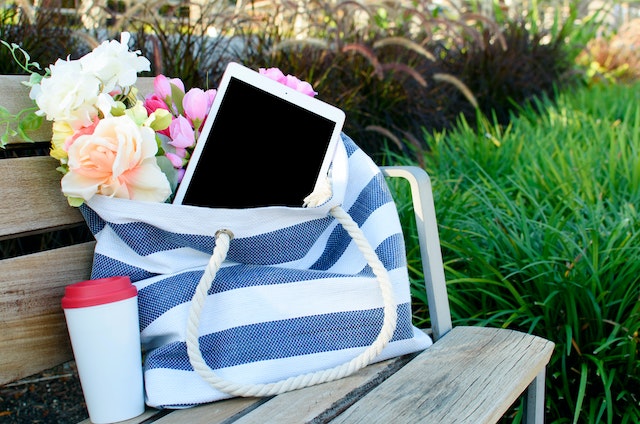What is Digital Product Passport?
Think about your national passport. It contains details about your identity, such as your citizenship, physical characteristics, and travel history. Anyone looking at your papers could trace your movement over the last few years. They could also confirm that you, the passport holder, are the same traveler as the one shown in the document.
In the same way, a DPP provides a collection of information about a particular product. Details can include:
- ingredients or components used in the product
- sustainability and circularity considerations
- strategies or metrics for reusability and recyclability
- repairability, durability, and upgradability considerations
- energy efficiency metrics
- compliance data used to establish environmental, etc. status
Compliance information can include certificates, such as health product declarations and life cycle assessments. A DPP might also contain additional information like a bill of materials (BOM) or product environmental compliance status (e.g., EU RoHS, EU REACH, EU POP).








